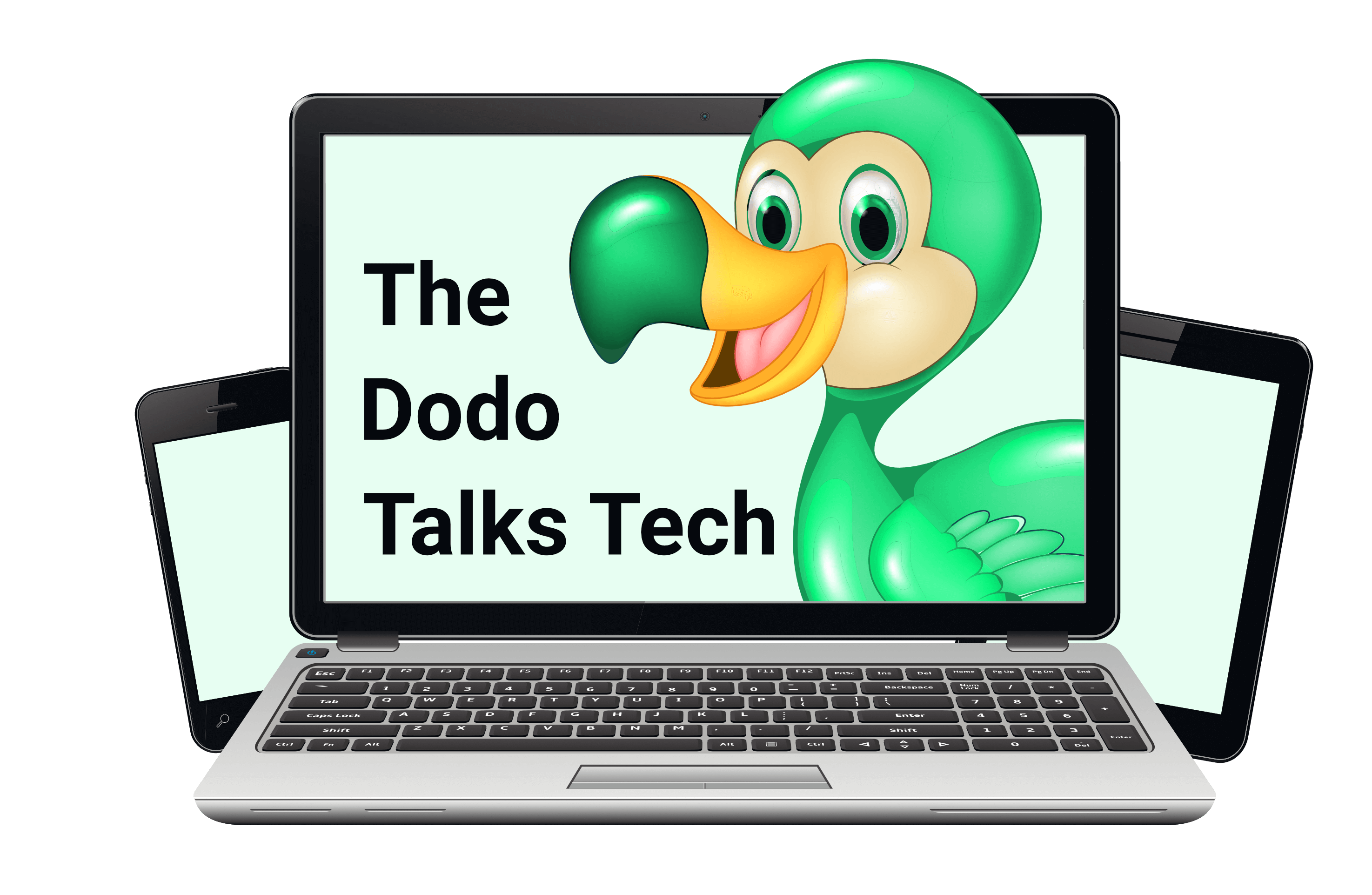Very few free apps are truly free. If you do not pay with money for a product, you probably pay in some other way, because “If you’re not paying for the product, you are the product.” (I don’t know who said this, sorry!)
Companies need to make money. There is absolutely nothing wrong with this. They have expenses, like rent and utilities, and employees need to and should receive their paychecks. Think about it. When you work, you want to be paid too. This isn’t just normal, it’s great!
So, the question is how does a company that gives away a product for free make money? There are five ways. I’ll explain each one so that in future you can decide how you want to pay for your free app.
1. They sell your data
If you have ever bothered to read the licence information you agree to when you download an app, you may have noticed a clause that explains how your data is “used”. Some companies include the note that they will not sell your data to third parties. Others do not include this sentence. That’s because they do or reserve the right to sell the information they collect about you in future.
The same rules apply to Terms and Conditions, Terms of Service, Privacy Policies and so on. If none of these legal documents mention that the company will not sell your data, they might be selling it from the moment you create an account with them. Not saying they do, just saying that they can and that you gave them permission to do so when you created your account.
2. Ads
Apps, like games or the language learning app Duolingo, show you advertisements in-between games and lessons. On YouTube most videos start with an ad these days. This form of earning is usually pretty obvious because the ads are right in your face.
Companies can use two different types of ads: untargeted and targeted ads. Untargeted ads are similar to ads shown on TV or billboards. They were created with a specific customer in mind but are randomly shown to anyone.
Targeted ads are shown to people who have already an interest in the product or the topic the product is for. If you look up frying pans today on google, for example, you will get ads for frying pans, pots and even cooking videos in future because Google tracks your data and uses it to match you up with the “relevant” ads.
Some people have issues with the way this works. If you are not sure why, you might find the post about Targeted Ads interesting.
3. The free app is not the main app
Big corporations often develop a lot of programs and apps. Once they make enough money, they can afford to offer some of these for free or to create a free versions of a high-end tool. This also has the advantage that potential new clients can try out the free version before they decide to buy the full package.
4. Subscriptions, memberships and patronage
Many free programs, blogs and websites offer paid versions too, often in form of subscriptions. For companies this is a great way to have a stable income while they can keep parts or even most of their service free.
Memberships are becoming more popular with creatives too. Some people create a space for their fans, or offer exclusive content for patrons on sites like Patreon. It is a great source of additional income and for most creatives also a brilliant way to be in contact with their fans.
5. Financial Backers and Donations
Some free apps and websites have big investors in the background. How We Feel, for example, is a free app you can use to track your emotions throughout the day. It’s run by a scientific non-profit and at the bottom of the page you’ll find a link for donations.
Other projects, like Wikipedia, have donation campaigns during which they ask users to donate once or set up regular payments. These projects tend to also rely on volunteers to do the work to keep the costs down.
Informed decisions
Companies and individuals deserve to get paid for services they provide. When anyone offers content, a service or an app for free, they use other ways to make money. Often, they combine several options.
So when we use “free” apps, we always pay for them. Personally, I don’t mind untargeted ads and I have donated to projects I believe in. I’m also a member in someone else’s club. These are my choices. You always have a choice too and I hope this post has helped you to make a more informed choice in future.

